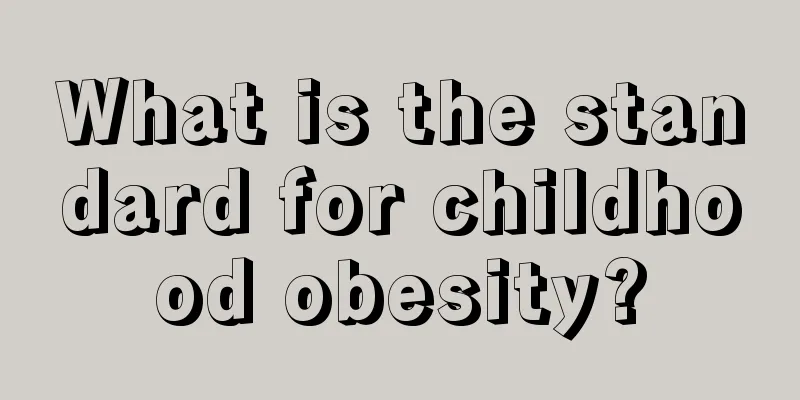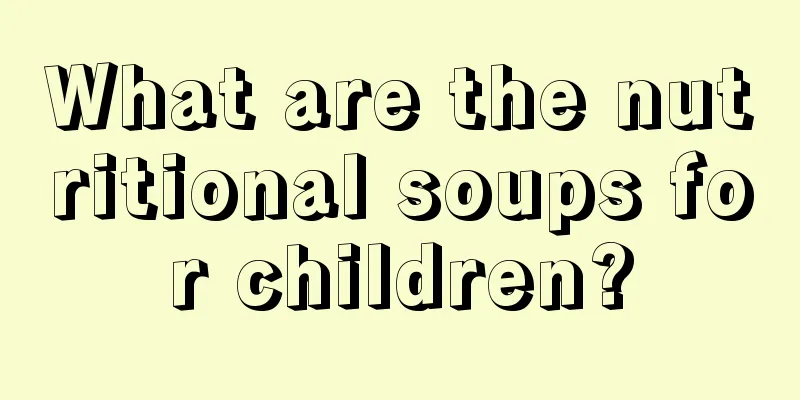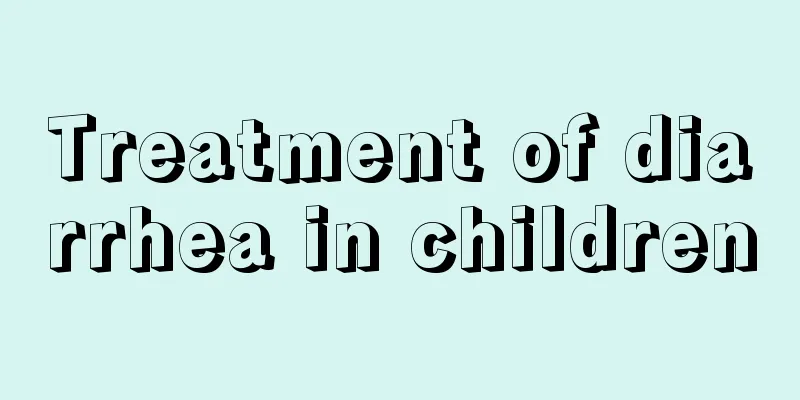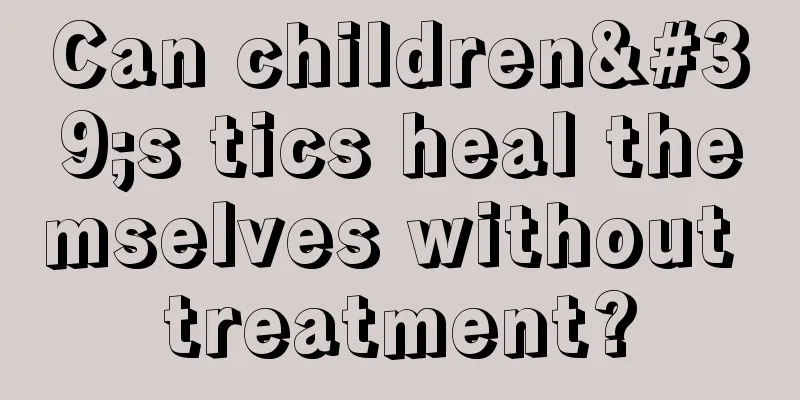What is the standard for childhood obesity?

|
In modern society, there are more and more obese children. This is actually closely related to the excessive feeding of their parents. Many parents think that the fatter their children are, the more capable they are, and they feel a great sense of accomplishment. In fact, they feed their children fat out of love, which makes them suffer and brings great harm to their health. So, what is the standard for childhood obesity? There are two criteria for measuring obese children: The measurement standards of most outpatient clinics in my country are calculated according to ideal height and weight standards, but this judgment method is very likely to miss short and obese children, so the World Health Organization (WHO) recommends the use of body mass index (BMI) for diagnosis. Obesity is generally divided into three levels: mild, moderate and severe. Body Mass Index (BMI) for children aged 3 to 7: Average BMI for men 3 years old 15.62 4 years old 15.43 5 years old 15.52 6-7 years old 15.58 Average BMI for women 3 years old 15.34 4 years old 15.02 5 years old 14.78 6-7 years old 14.77 The body mass index (BMI) is equal to weight divided by the square of height (kg/m2). For adults, a body mass index greater than 24 is considered obese. Children aged 3 to 7 are still in the growth stage. Children of different age groups have different standards. Children whose BMI exceeds the average can be judged as obese. The ideal height and weight standards for children aged 3 to 7 are as follows: Average male weight (kg) Average height (cm) 3 years old 15.4399.34 4 years old 17.76106.27 5 years old 20.40113.86 6-7 years old 23.46121.06 Average female weight (kg) Average height (cm) 3 years old 14.9097.71 4 years old 17.24105.50 5 years old 19.37112.54 6-7 years old 21.99119.11 The ideal way to determine height and weight is if your weight exceeds the ideal weight calculated based on your height by 10%, which is obesity. This is also the way most clinics make the judgment today. TIPS: Two types of obesity Obesity can generally be divided into simple and pathological types. Simple obesity is caused by parents' parenting style and children's poor living habits. Pathological obesity mainly refers to obesity caused by a certain disease. Simple obesity and pathological obesity can be transformed into each other. If the child is pathologically obese, it is recommended to see a doctor to check the cause and actively treat the primary disease. The above content is a detailed introduction by experts on the standards for measuring childhood obesity. I believe that now everyone should have a better understanding and knowledge of the standards for childhood obesity. I hope that many parents will control their children’s weight, control their children’s diet, and let their children exercise appropriately for the sake of their children’s health. |
<<: What to do if a child has acute gastroenteritis and vomits
>>: Why does my baby have pain around his belly button?
Recommend
Baby sweats a lot when sleeping after being sick
The baby's illness is a matter of great conce...
How to diagnose intestinal infarction in children
Pediatric intestinal infarction is a relatively c...
Why do babies jump when they sleep?
The arrival of the baby has brought some changes ...
What to do if your newborn has a thick tongue coating
Now many parents have reported that their babies’...
What to do if children have constipation
Constipation is very common in our lives, not jus...
Causes of tics in children
Infant tics are also a relatively common disease ...
Newborn baby farts but not poops
We all know that it is very common for newborns t...
What to do if your child suddenly complains of a headache
Children are still in the early stages of physica...
What to do if your 11-month-old baby has repeated fevers
The baby is the hope of the family and the future...
What should I do if my one and a half year old baby has a picky eater?
Being picky about food is a very bad habit. Picky...
What's on the baby preparation checklist?
Before the newborn baby makes a sound, expectant ...
What are the hazards of twisting cars to young children
A twist car is a common children's toy. It ha...
Reasons for repeated coughing in children
No matter what season it is, children are particu...
What to do if a premature newborn baby fails the hearing screening?
Premature newborns have more serious hearing dama...
Why do children vomit after drinking water?
In summer, due to diet, many people's stomach...









